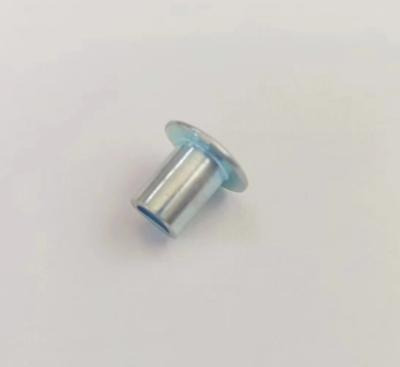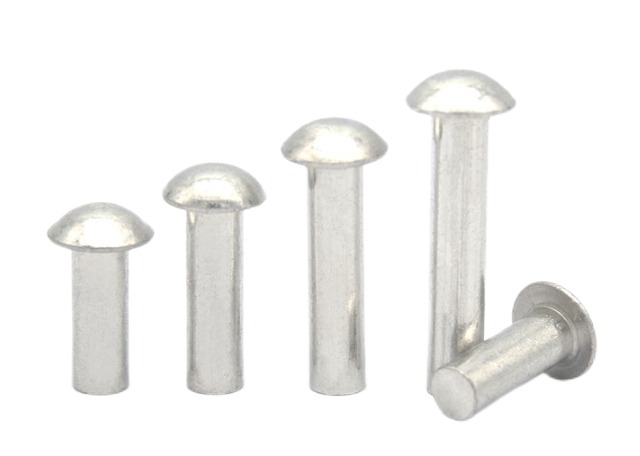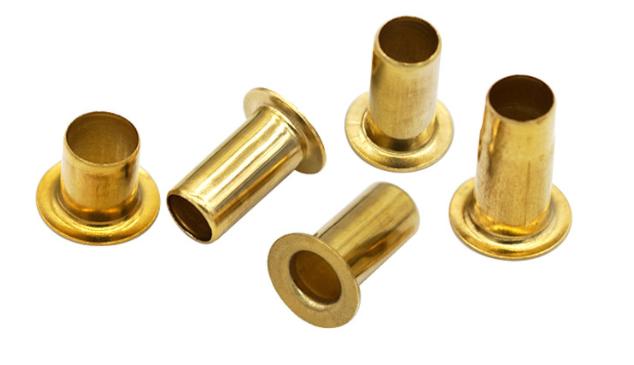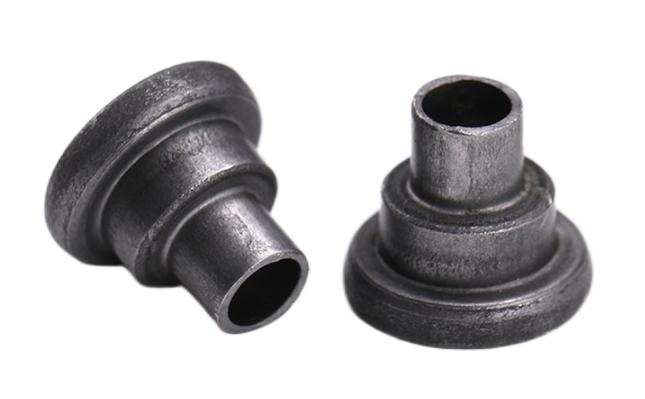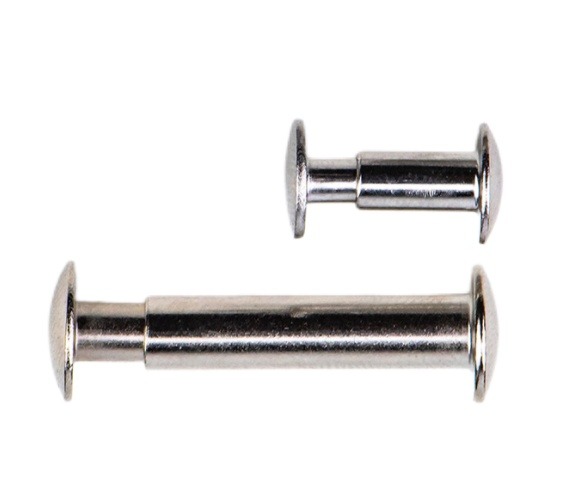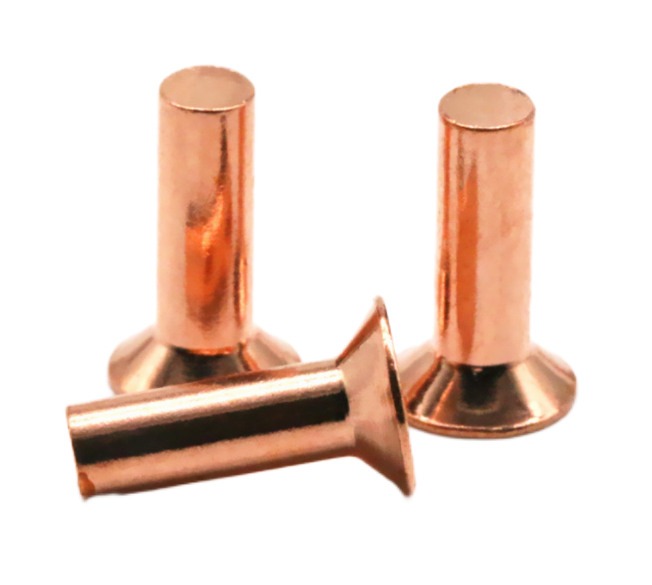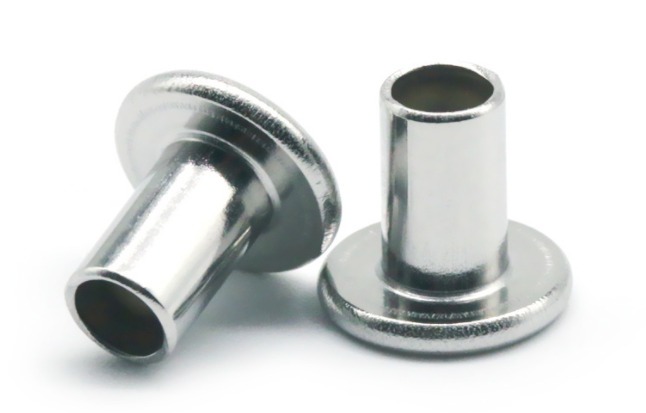How to Remove Blind Rivets
Blind rivets, also known as pop rivets, are a type of fastener that is used to join two pieces of material together without access to the back side of the joint. They are commonly used in aircraft construction, automotive manufacturing, and other industrial applications. Blind rivets are also popular among DIYers for projects such as building sheds, fences, and decks.
Removing a blind rivet is a relatively simple task, but it is important to do it correctly to avoid damaging the rivet or the materials being joined. This article will provide a step-by-step guide on how to remove blind rivets safely and effectively.
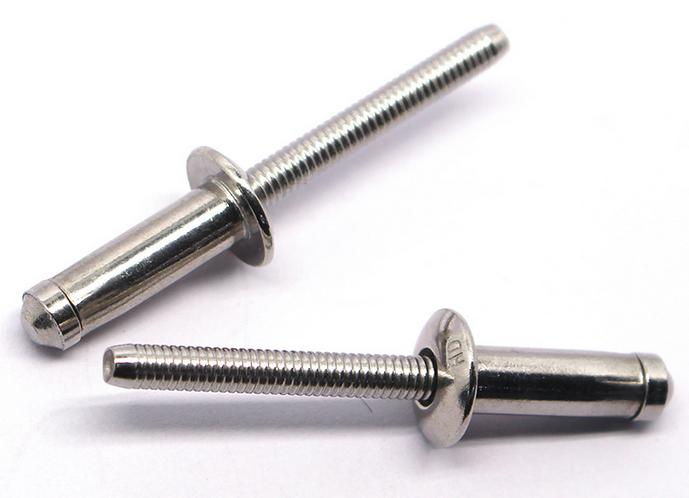
Identifying the Type of Blind Rivet
There are three main types of blind rivets: solid body, self-piercing, and pull-through.
- Solid body rivets are the most common type of blind rivet. They are made of a solid piece of metal and have a mandrel that is inserted through the rivet head and expanded on the back side of the joint to hold the rivet in place.
- Self-piercing rivets have a sharp tip that allows them to pierce through thin metal without the need to pre-drill a hole.
- Pull-through rivets have a hollow mandrel that is inserted through the rivet head and pulled through the back side of the joint to hold the rivet in place.
To identify the type of blind rivet you are dealing with, look at the rivet head. Solid body rivets have a domed head, while self-piercing rivets have a pointed head. Pull-through rivets have a hollow mandrel that is visible through the rivet head.
Gathering the Necessary Tools
To remove a blind rivet, you will need the following tools:
- A drill
- A blind rivet removal tool
- A safety drill bit (optional)
The drill bit should be the same size as the diameter of the rivet shank. The blind rivet removal tool is a special type of drill bit that has a hole in the center to accommodate the rivet mandrel.
If you are drilling out a rivet from a painted surface, you may want to use a safety drill bit to prevent the paint from chipping. Safety drill bits have a pilot point that helps to guide the bit and prevent it from slipping.
Step-by-step Guide to Removing a Blind Rivet
1. Put on safety glasses and gloves.
This is important to protect your eyes and hands from flying metal debris.
2. Identify the type of blind rivet.
This will help you to choose the correct drill bit and blind rivet removal tool.
3. If the rivet is stuck, try using a penetrating oil to loosen it up.
Apply a few drops of penetrating oil to the rivet head using a spray bottle or oil can. Let the penetrating oil sit for a few minutes before attempting to drill out the rivet. This will help to loosen the rivet and make it easier to remove.
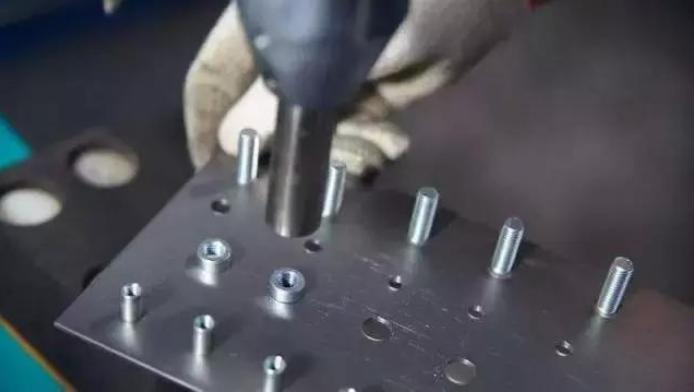
4. Use the drill to drill out the rivet head.
Choose a drill bit that is the same size as the diameter of the rivet shank. Be careful not to drill too deep, or you will damage the rivet shank.
To drill out the rivet head:
- Center the drill bit on the rivet head.
- Apply light pressure to the drill and start drilling.
- Drill slowly and carefully until the rivet head is completely drilled off.
- Insert the blind rivet removal tool into the rivet head.
The blind rivet removal tool should have a hole in the center that is large enough to accommodate the rivet mandrel.
5. To insert the blind rivet removal tool:
- Center the blind rivet removal tool on the rivet head.
- Apply light pressure to the blind rivet removal tool and push it into the rivet head.
- The blind rivet removal tool should engage with the rivet mandrel and grip it tightly.
- Pull the mandrel out of the rivet.
Once the blind rivet removal tool is engaged with the rivet mandrel, you can pull the mandrel out of the rivet.
6. To pull the mandrel out of the rivet:
- Grasp the handle of the blind rivet removal tool and pull it firmly.
- The rivet mandrel should come out of the rivet easily.
- Once the rivet mandrel is removed, the rivet shank will be released and you can remove the rivet.
Additional Tips for Removing Blind Rivets
- If you are removing a rivet from a thin piece of metal, be careful not to drill all the way through the metal.
- If you are removing a rivet from a painted surface, try to avoid damaging the paint. You can use a piece of tape to protect the paint around the rivet head.
- If the rivet is difficult to remove, you may need to use a larger drill bit. However, be careful not to drill out the entire rivet, or you will need to replace it.
- If you are removing a rivet from a critical application, it is important to consult with a qualified professional to ensure that the rivet is removed safely and correctly.
Common Mistakes to Avoid When Removing Blind Rivets
- Drilling too deep: Drilling too deep can damage the rivet shank and make it difficult or impossible to remove the rivet.
- Using the wrong drill bit: Using a drill bit that is too small or too large will make it difficult to remove the rivet.
- Overtightening the blind rivet removal tool: Overtightening the blind rivet removal tool can damage the rivet shank and make it difficult to remove the rivet.
- Removing a rivet from a critical application without consulting a qualified professional: Removing a rivet from a critical application without consulting a qualified professional can compromise the safety and integrity of the joint.
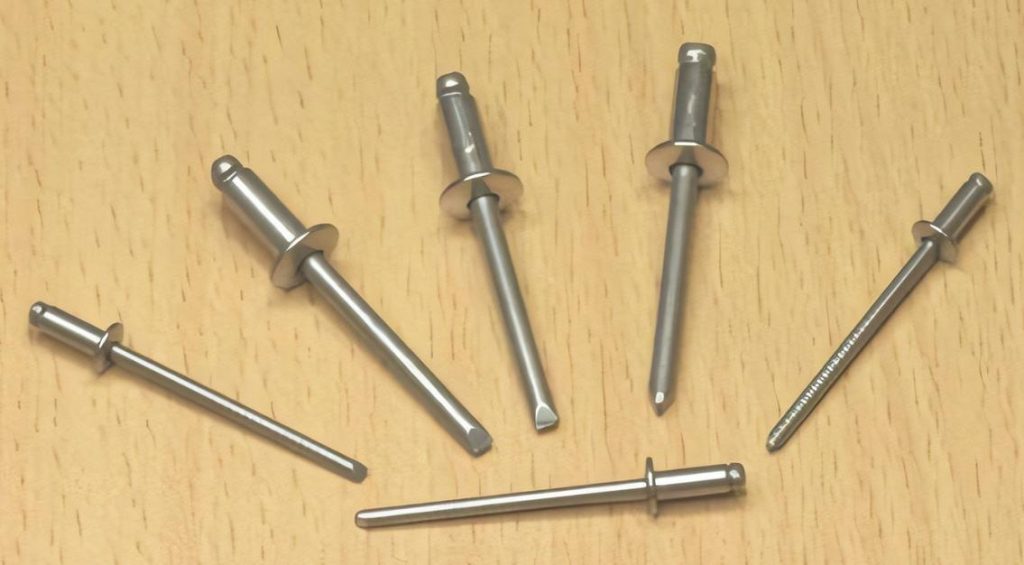
Conclusion
Removing blind rivets is a relatively simple task, but it is important to do it correctly to avoid damaging the rivet or the materials being joined. By following the step-by-step guide and additional tips in this article, you can safely and effectively remove blind rivets from a variety of applications.

